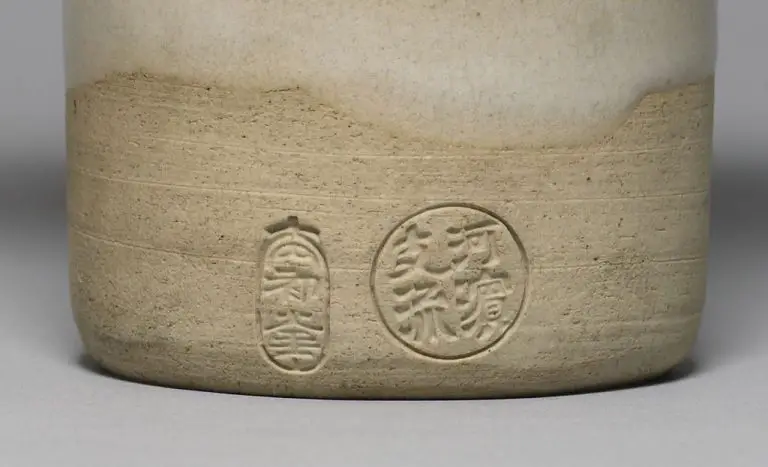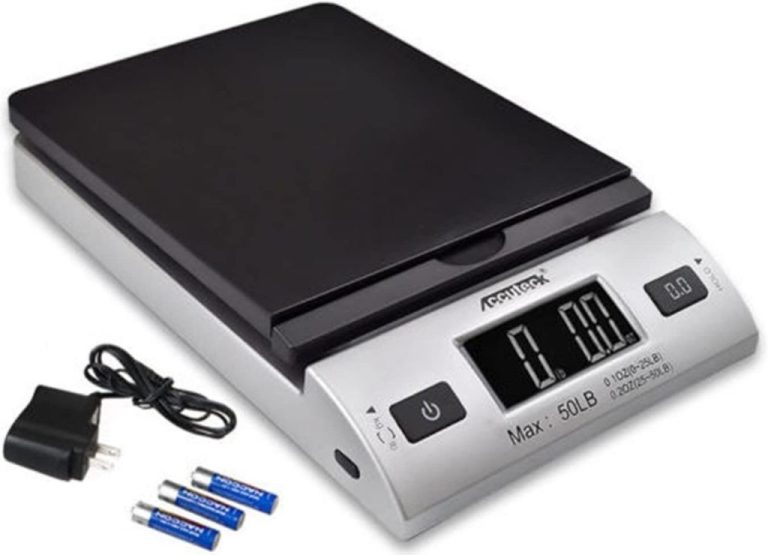How Can You Tell If A Ceramic Dish Is Microwave Safe?
It’s important to know which ceramic dishes are microwave safe because heating dishes that contain metal or are poorly suited for microwaves can be dangerous. Using unsuitable ceramics in the microwave risks cracking or exploding dishes, which could damage the appliance and cause injuries. Knowing which ceramics work in the microwave ensures safe, effective heating without worry.
What Makes Ceramics Microwave Safe?
The composition and ingredients of the ceramic determine if it can withstand microwave heating without cracking or breaking. Ceramics designed to be microwave-safe are made from clay bodies formulated to absorb minimal moisture while withstanding rapid temperature changes (Digitalfire). These clays are fired at very high temperatures, producing a dense, non-porous material.
Unglazed ceramics and porous bodies like earthenware can soak up moisture, causing steam explosions in the microwave. Materials like porcelain and bone china are non-porous and less prone to thermal shock, making them safer options (Baking Like a Chef). The high heat from microwaves can also compromise poorly fused glazes on ceramics. Vitreous, properly matured glazes that fully fuse to the clay body make for the most durable microwave-safe ceramics.
Look for Microwave-Safe Labels
Many ceramic items are labeled as being microwave-safe by the manufacturer. You can look on the bottom or back of ceramic plates, mugs, and other dishware to see if there is a microwave-safe label.
These labels often say “Microwave Safe,” “Microwaveable,” or have the microwave icon on them. This icon looks like the side profile of a microwave with wavy lines to indicate heat. If you see a label like this, it means the ceramic dish has been tested and verified as safe for microwave use by the manufacturer.
![]()
However, be aware that some ceramic items are labeled “hand wash only” but may still be microwave-safe. So just because it doesn’t have a microwave-safe label doesn’t necessarily mean it can’t be used in the microwave.
According to Etsy, there are also options to purchase microwave-safe labels to put on ceramic pieces yourself if they didn’t originally come with one. But it’s best to confirm the item is microwave-safe before doing so.
Source: https://www.etsy.com/market/microwave_safe_label
Do the Microwave Test
One of the simplest ways to test if a ceramic dish is microwave-safe is to do a quick microwave test. Here are the steps:
- Fill the ceramic dish with 1 cup of water.
- Microwave on high for 30 seconds. Use care when removing, as the dish will be hot.
- Check if the dish feels hot. Ceramic that heats up in the microwave should be safe to use for short cooking tasks.
- Inspect the ceramic carefully. Look for any cracks, bubbles, or burn marks which may indicate the material cannot withstand microwave cooking.
The key is to heat the ceramic briefly and look for rapid heating. Ceramics designed for microwave use will conduct heat efficiently. According to the ASTM standard testing method, ceramic must be able to reach temperatures up to 325°F to be considered microwave-safe (source). Do not heat ceramic that seems very thick or porous, as thicker ceramics may crack from thermal shock.
Avoid Metal Decorations
Metal parts like rims, handles, or paint can cause issues when microwaved. Metals reflect microwave energy, which can lead to electrical arcing, sparks, and fires [1]. Even small amounts of metal can absorb microwave energy and become extremely hot. The heat can transfer to the ceramic, potentially cracking it. Metal parts like gold rims or silver handles are common microwave hazards.
Before microwaving any ceramic dish, inspect it closely for metal components. Avoid dishes with metal baked into the rim or handle. Metal paint is also risky. The safest option is choosing 100% metal-free ceramic cookware.
Don’t Use Crackled Ceramics
Ceramic dishes with cracks and crazing (a network of fine cracks on the glaze surface) should be avoided in the microwave, as the cracks can harbor bacteria. According to The Pottery Wheel, the tiny cracks allow liquids and food particles to seep below the glazed surface where bacteria can grow [1]. The cracks provide the ideal conditions for bacterial growth. Even if you wash the dish, the cracks make it difficult to fully sanitize the surface.
Reddit users in the r/Pottery sub confirm it’s best to avoid using cracked ceramic dishes for food safety reasons. As one user commented, “Short answer it’s probably fine. Longer answer: google says they’re garbage because for a long time, low fire earthenware ruled the craft market, and crazing/cracking is endemic to low fire work” [2].
So when evaluating a ceramic dish for the microwave, carefully inspect the glaze surface and any edges. Even hairline cracks and crazing can be problematic and increase bacteria growth when exposed to food and liquids. It’s safest to avoid using cracked ceramic dishes in the microwave.
Check Undersides
You’ll want to inspect the underside or base of ceramic dishes before microwaving them. Unglazed ceramic bases are porous and can absorb moisture when washed. If microwaved, any trapped moisture in the material can turn to steam, causing cracks or explosions. According to Art-Fizz, unglazed ceramic bases have tiny holes that allow air and moisture to pass through, making them unsafe for the microwave.
Only microwave ceramics that have a glazed base, as the glaze seals the material and prevents moisture absorption. Turn over plates, mugs, or other ceramic ware and check that the underside has a smooth glazed surface before microwaving. Avoid ceramics with exposed terra cotta clay on the base, as this unglazed porous material can lead to cracks or shattering when heated rapidly in the microwave.
Consider Oven-Safe Ceramics
Ceramic dishes that are labeled as oven-safe are often also microwave-safe. This is because oven-safe ceramic dishes are designed to withstand very high temperatures, usually around 500°F or higher. Since microwaves only heat food to 212°F (the boiling point of water), oven-safe ceramics can easily tolerate the lower temperatures of microwave cooking.
The key things that allow ceramics to be oven-safe are thickness, density, quality glazes, and lack of metals. These same properties make them sturdy enough for microwave use. So if a ceramic dish is labeled as oven-safe or ovenproof, it is very likely microwave-safe as well. Just be sure to still check for metal decorations or paint.
Ceramic Thickness Matters
Microwave oven heating can cause thin ceramic material to expand rapidly, leading to cracking or breaking. Thinner ceramic tends to heat up faster in the microwave than thicker pieces. For example, a delicate porcelain teacup may be prone to cracking in the microwave, while a thicker stoneware mug or bowl is safer.
According to the Handmade Color Ceramic Bowl – Salad Bowl Munzterania Design, thickness is an important factor for microwave safety. Thicker ceramic material is less likely to crack from the rapid heating of microwave radiation.
As a general guideline, ceramic cookware and dishes with a thicker material construction, such as dinner plates and mugs, are a much safer bet for microwave use than thin, delicate ceramic pieces. When in doubt, perform the microwave test beforehand.
Summary
To summarize, there are a few key ways to check if a ceramic dish is microwave safe:
- Look for any microwave-safe labels or markings on the bottom of the dish
- Do a simple microwave test by putting the empty dish in for 30 seconds and feeling if it gets hot
- Avoid metal decorations which can cause arcing and sparks
- Don’t use crackled glazes which may absorb more microwave energy
- Inspect the underside for unglazed areas that can absorb moisture
- Consider that oven-safe stoneware is often microwave-safe as well
- Thicker ceramic is less likely to get hot in the microwave than thinner pieces
By following these tips, you can easily determine if your ceramic cookware and dinnerware is safe to use for microwave cooking and reheating.


